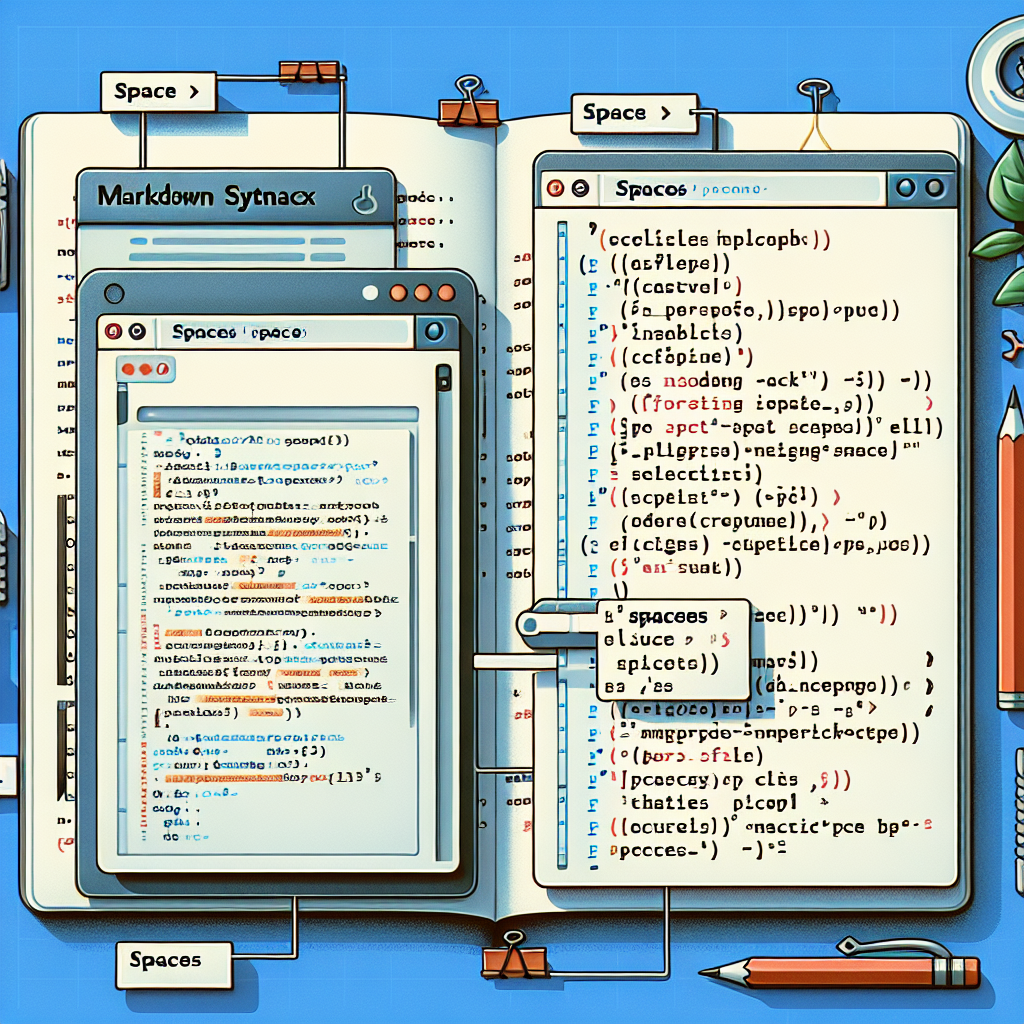Simplifying Spaces in Markdown
Mastering spaces in Markdown is crucial for effective content layout. This article explores how spaces enhance text formatting, list creation, and code blocks, ultimately improving readability and SEO.

"Explore our suite of free Markdown toolsto convert, format, and enhance your documents with ease."
In the world of digital content creation, Markdown has become a preferred tool for many writers due to its simple syntax and powerful capabilities. However, for beginners, the use of spaces in Markdown can be somewhat perplexing. This article will delve into how to effectively use spaces in Markdown to optimize the layout and readability of your content.
1. Basics: The Role of Spaces
In Markdown, spaces are not just for separating words. They play a crucial role in formatting text, creating lists, defining code blocks, and more. Understanding these basic uses is the first step to mastering Markdown.
1.1 Text Formatting
- Bold: Use two asterisks around the text, for example,
**Bold Text**. - Italic: Use one asterisk around the text, for example,
*Italic Text*.
In both cases, the use of spaces is critical. For instance, ** Bold Text ** is incorrect because there should be no spaces between the asterisks and the text.
1.2 Creating Lists
Lists are an effective way to organize content. In Markdown, unordered lists use asterisks, plus signs, or minus signs, while ordered lists use numbers followed by a period.
- Unordered list item
- Unordered list item
- Ordered list item
- Ordered list item
Note that there needs to be a space between the list symbol and the text.
2. Advanced Techniques: The Artful Use of Spaces
2.1 Code Blocks
In Markdown, code blocks can be created through indentation. Typically, you need to add four spaces or a tab before the code lines.
// This is a code block
console.log("Hello, World!");
2.2 Tables
Tables are a powerful tool for presenting data. In Markdown, tables are created using vertical bars and hyphens, along with appropriate spaces to ensure alignment.
| Column 1 | Column 2 | Column 3 |
|---------|---------|---------|
| Data 1 | Data 2 | Data 3 |
| Data 4 | Data 5 | Data 6 |
Note that there should be spaces between the column headers and the separator lines to ensure the table format is correct.
3. SEO Optimization: Using Spaces to Enhance Readability
In SEO (Search Engine Optimization), the readability of content is a significant factor. Spaces in Markdown can help you create clearer, more structured content, thereby enhancing user experience and search engine rankings.
3.1 Paragraph Spacing
In Markdown, two carriage returns create a new paragraph. Using paragraph spacing appropriately can make the content more readable.
3.2 Headings and Subheadings
Using different levels of headings (such as # for a level one heading, ## for a level two heading) can help organize content and make it easier for readers to navigate.
Conclusion
While spaces in Markdown may seem simple, they play a critical role in formatting text, creating lists, defining code blocks, and more. By mastering these techniques, you can create both aesthetically pleasing and functional documents, while enhancing your SEO performance. Remember, the devil is in the details, and the use of spaces is no exception.



Comments ()